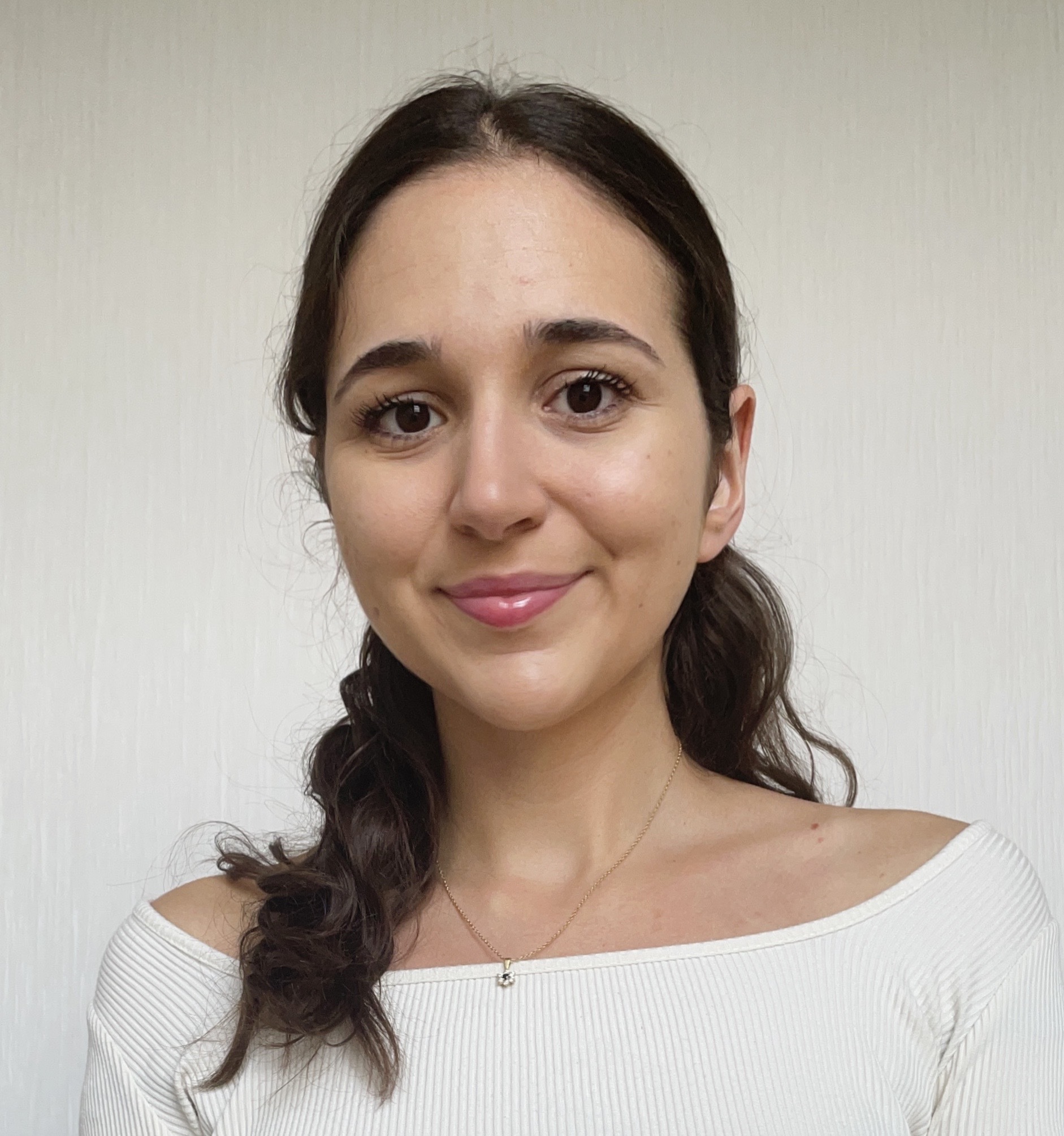Protein homeostasis in development and aging
We study the mechanisms that govern protein homeostasis in developmental processes and during aging using the powerful C. elegans model system
Our group is interested in protein homeostasis, or proteostasis, which corresponds to the capacity of cells and organisms to maintain the integrity of their proteome. Loss of proteostasis during aging is a major driver of cellular dysfunction, and many age-related diseases are characterized by pathological protein misfolding and aggregation. Considering the central role of chaperones in proteostasis, and the expansion of the chaperone network during evolution, our research generally aims at unraveling how the diversity of the chaperone network is harnessed to regulate proteostasis and protein phase transitions in various cell types.
Current research in the lab is divided into three projects that aim to:
- Characterize the composition and function of chaperone networks in germ cells, as a tissue with specific requirements for proteostasis and biomolecular condensation.
- Investigate the role of the Hsp70 chaperone network in the dynamics and architecture of stress granules in various tissues and during aging.
- Model the pathological transitions of the ALS-associated protein and stress granule component TDP-43, and their regulation by the chaperone network.
To study this, we are using the Caenorhabditis elegans model system, a short-lived, transparent animal with powerful genetic tools. We combine approaches such as CRISPR/Cas9-mediated fluorescent labeling of endogenous proteins, live imaging, proximity proteomics, reverse genetics, and physiological assays, to gain insights into these processes from the molecular to the organismal level.
team

Group Leader Researcher

Researcher

Engineer

Master Student
Master Student

PhD student
Lab life
Celebrating our new paper, new students, and the summer
(finally, maybe?)
Vermidi conference in Lyon, 2024
Ioanna receiving her 1st place poster prize, Congrats!
2024 Art Show of Cell Biology dpt
Matthieu won 3rd place with this beautiful painting of our favorite model system. Congrats!
The lab was delighted to host researcher Ola Billing from Umeå University for a short visit this spring.
The lab celebrating Ambre’s HDR defense
External funding

ATIP-Avenir
(2023-2027)

SUFATOP
(2024-2028)
Latest publications
2024
Sala AJ, Grant RA, Imran G, Morton C, Brielmann RM, Gorgoń S, Watts J, Bott LC, Morimoto RI. 2024. “Nuclear receptor signaling via NHR-49/MDT-15 regulates stress resilience and proteostasis in response to reproductive and metabolic cues.” Genes & Development https://doi.org/10.1101/gad.351829.124
2023
Sala AJ, Grant RA, Imran G, Morton C, Brielmann RM, Bott LC, Watts J, Morimoto RI. 2023. “Nuclear receptor signaling via NHR-49/MDT-15 regulates stress resilience and proteostasis in response to reproductive and metabolic cues” bioRxiv https://doi.org/10.1101/2023.04.25.537803
2021
Sala, A. J., and R. I. Morimoto. 2021. “Protecting the Future: Balancing Proteostasis for Reproduction.” Trends in Cell Biology https://doi.org/10.1016/j.tcb.2021.09.009
Bott, L. C., M. Forouhan, M. Lieto, A. J. Sala, R. Ellerington, J. O. Johnson, A. A. Speciale, et al. 2021. “Variants in Atp6v0a1 Cause Progressive Myoclonus Epilepsy and Developmental and Epileptic Encephalopathy.” Brain Communication https://doi.org/10.1093/braincomms/fcab245
2020
Sala, A. J., L. C. Bott, R. M. Brielmann, and R. I. Morimoto. 2020. “Embryo Integrity Regulates Maternal Proteostasis and Stress Resilience.” Genes & Development https://doi.org/10.1101/gad.335422.119
2017
Sala, A. J., L. C. Bott, and R. I. Morimoto. 2017. “Shaping Proteostasis at the Cellular, Tissue, and Organismal Level.” Journal of Cell Biology https://doi.org/10.1083/jcb.201612111

